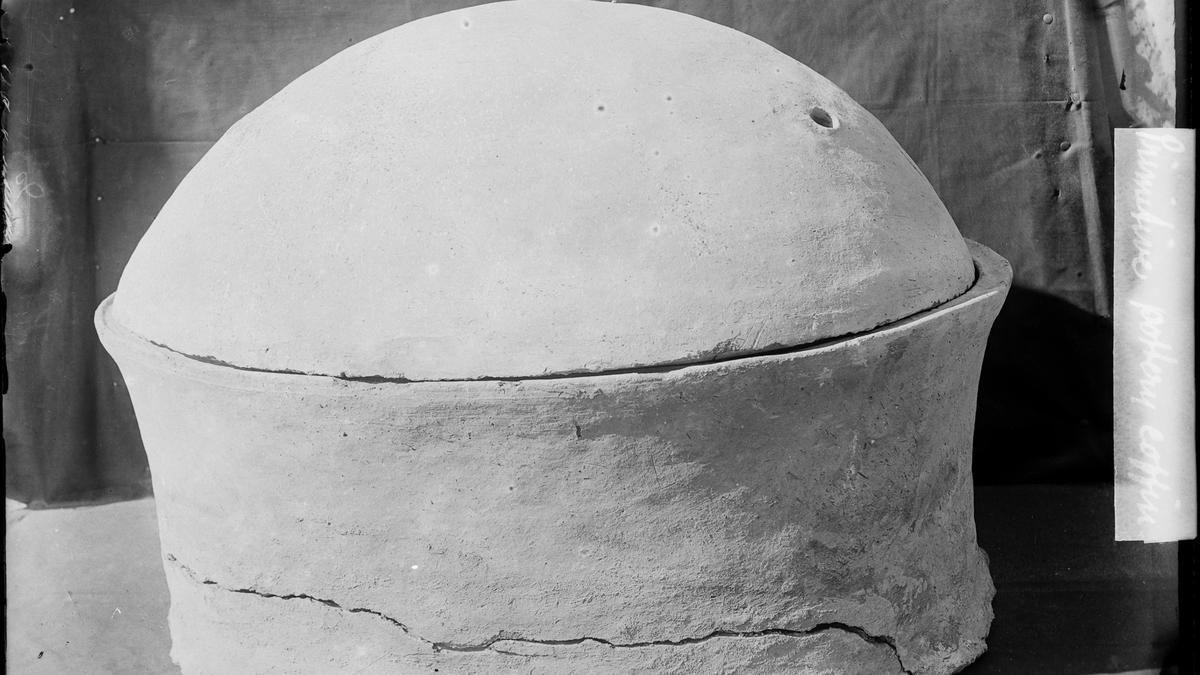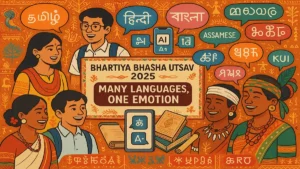In a landmark achievement in archaeology and genetics, researchers have successfully sequenced the first complete genome of an ancient Egyptian. This discovery not only opens new doors in our understanding of ancient human populations but also sheds light on cross-cultural interactions from more than 4,500 years ago.
Published on July 2, 2025, in the journal Nature, the study offers the most comprehensive genetic profile ever obtained from ancient Egyptian remains.
The Discovery: Unearthing a 4,500-Year-Old Mystery
Who Was This Individual?
The ancient Egyptian individual whose DNA was sequenced lived during the Old Kingdom period, around 4,500 to 4,800 years ago. The man’s remains were buried in a large ceramic pot placed within a rock-cut tomb in Nuwayrat, a village 265 km south of Cairo.
According to the skeletal analysis:
- He was a genetically male (XY chromosomes)
- He likely had brown eyes, brown hair, and dark to black skin
- His estimated height ranged between 157.4 cm and 160.5 cm
- He died at an age between 44 to 64 years, with signs of worn teeth and joint-related arthritis, suggesting he lived a life of physical labor
Despite this, the burial style and tomb type indicate he belonged to a relatively well-off section of society.
Why This Genome Is Important
A First for Ancient Egypt
Until now, no complete genome from ancient Egypt had been sequenced. While earlier attempts existed, they only yielded limited DNA fragments or targeted genotypes from much later periods (around 787 BCE to 23 CE). This makes the current genome:
- The oldest complete genome from Egypt
- The first full sequence from the Old Kingdom era
- A crucial piece of genetic evidence from North Africa’s ancient past
Rare Preservation in Harsh Climates
Preserving DNA for over 4,000 years in hot climates like Egypt is extremely difficult. Yet this individual’s DNA was remarkably well-preserved. Why?
Additionally, the DNA was extracted from the root tips of the teeth, a part of the body naturally shielded and ideal for long-term preservation.
Genetic Findings: Tracing Ancestry and Migration
North African Roots
The results show that around 78% of the man’s genetic makeup comes from ancient North African populations, especially Neolithic communities from present-day Morocco. This reaffirms his local ancestry and connection to African populations of the time.
Mesopotamian Connection
Surprisingly, 22% of his DNA matched the gene pool of early farmers from Mesopotamia, an area that includes present-day Iraq, western Iran, southern Syria, and southeast Turkey — regions known as the Eastern Fertile Crescent.
Cultural and Historical Implications
A Web of Ancient Connections
The DNA evidence supports the idea of widespread cultural exchanges between Egypt and Mesopotamia. These interactions could date back over 10,000 years, influencing:
- Animal domestication
- Trade in precious goods
- The emergence of writing systems in both regions
The authors also note that this Mesopotamian ancestry may have arrived indirectly — possibly passed down via Levantine populations (modern-day Israel, Jordan, and Syria).
Scientific Significance: More Than Just a Genome
A Breakthrough in Ancient DNA Studies
This genome marks a major step forward for ancient DNA research, especially in hot and arid regions where DNA rarely survives.
Until now:
- Most ancient genome studies came from cold climates like Europe and Siberia
- The oldest modern human genome was from Siberia, dating back 45,000 years
- In India, ancient DNA from sites like Rakhigarhi is around 4,000 years old, and of poorer quality
Advancing Future Research
With improved DNA retrieval techniques and scientific collaboration, this study sets a new benchmark for:
- Palaeogenomics in North Africa
- Reconstructing ancient human migration
- Understanding genetic diversity and adaptation



 Bhartiya Bhasha Utsav 2025: Celebrating ...
Bhartiya Bhasha Utsav 2025: Celebrating ...
 Starlink Internet: Revolutionising Globa...
Starlink Internet: Revolutionising Globa...
 Google 2025: Top Searches by Indian User...
Google 2025: Top Searches by Indian User...







